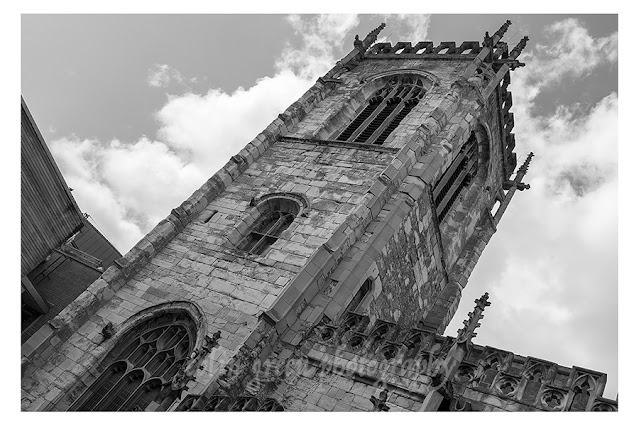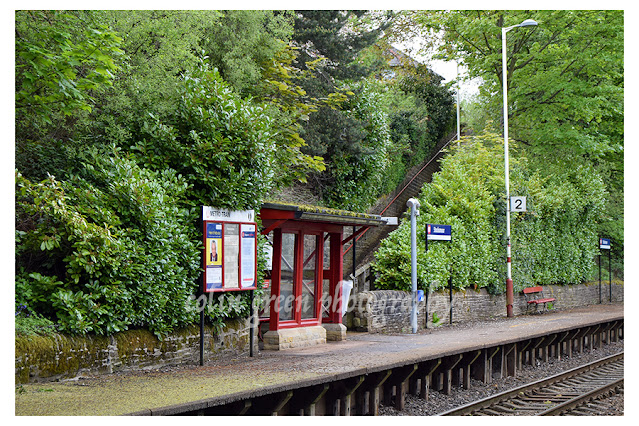Nestled in the Highroad Well area of Halifax, West View Park stands as a testament to Victorian philanthropy and a cherished green space for the community. Opened in 1896, this approximately 14-acre public park boasts a rich history, intriguing features, and a tranquil escape from the urban bustle.
The very existence of West View Park is thanks to the vision and generosity of two prominent local figures: Mr. Henry Charles McCrea and Mr. Enoch Robinson. Built on the site of a former quarry, the land itself was a donation from Lord Saville. McCrea and Robinson, driven by a desire to create a public amenity, funded the park's development on the condition that the local council would assume responsibility for its ongoing upkeep. This unique partnership ensured the park's longevity and its accessibility to all.
McCrea's influence is also evident in the park's name. "West View," he insisted, was a fitting moniker, reflecting the breathtaking vistas over the Norland Hillside, the distant Pennines, and the winding Calder Valley to the west of Halifax. Even today, these views remain a defining characteristic of the park, offering a sense of expansive beauty and connection to the wider landscape.
West View Park is not just a patch of grass; it's a meticulously designed space offering a variety of experiences. Visitors can stroll through formal gardens, enjoy the open spaces of the play areas, or simply relax on the terrace. It's a place where generations have come to unwind, play, and connect with nature.
A poignant addition to the park's landscape arrived in 1904: a war memorial dedicated to the soldiers from the area who lost their lives in various conflicts. Standing proudly on the terrace area, the memorial commemorates two soldiers who perished in the Afghan Wars (1839-42 and 1878-81) and a significant 73 who died in the South African War (1899-1902). This impressive statue, reaching a height of 76 feet (23 meters), serves as a solemn reminder of the sacrifices made. Interestingly, its history isn't without incident; it was famously blown over in a gale in 1937. In the same year, three field guns that originally surrounded the memorial when it was unveiled were also removed. The memorial's historical significance was formally recognized on November 23rd, 1973, when it was granted Grade II listed status, ensuring its preservation for future generations.
While the provided text makes a curious jump to a train station and tunnel, these details appear to relate to a different location and project a sense of confusion when associated with West View Park itself. It's important to clarify that the information regarding the level crossing, stream, bombing during WWII, and Winterbutlee Tunnel pertains to a railway station in the Todmorden area, not West View Park. The photographic details, however, confirm the dates and equipment used for capturing images of West View Park in February 2019, providing a recent snapshot of the park's appearance.
In essence, West View Park remains a vital part of Halifax's heritage. From its philanthropic origins and thoughtful design to its solemn war memorial and stunning views, it offers a blend of historical significance, natural beauty, and recreational opportunities. It's a place where the past and present intertwine, inviting visitors to reflect, play, and appreciate the enduring legacy of a truly remarkable green oasis.
Clicking any of the images below should open a link in another window to my Colin Green Photography store on Zazzle.

































































